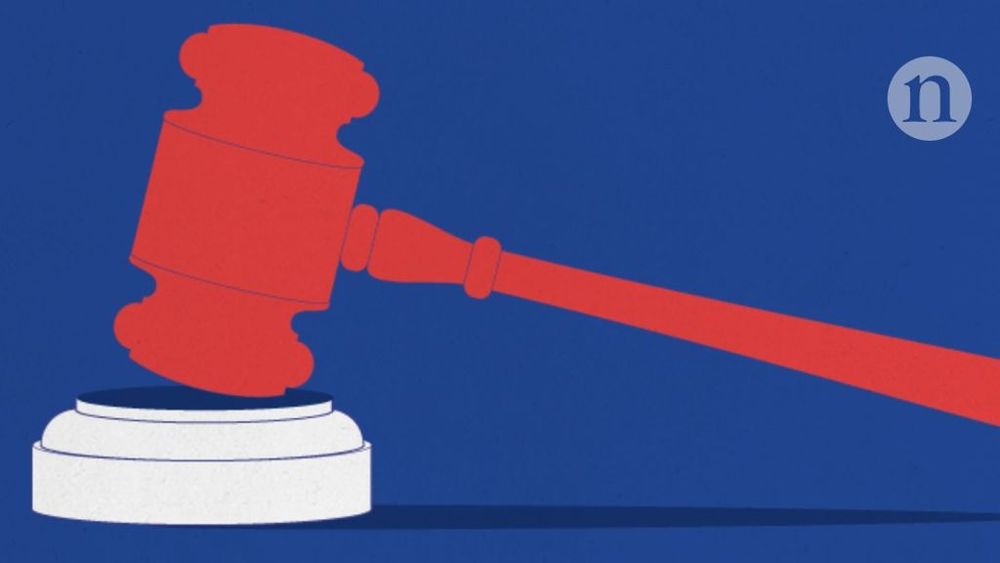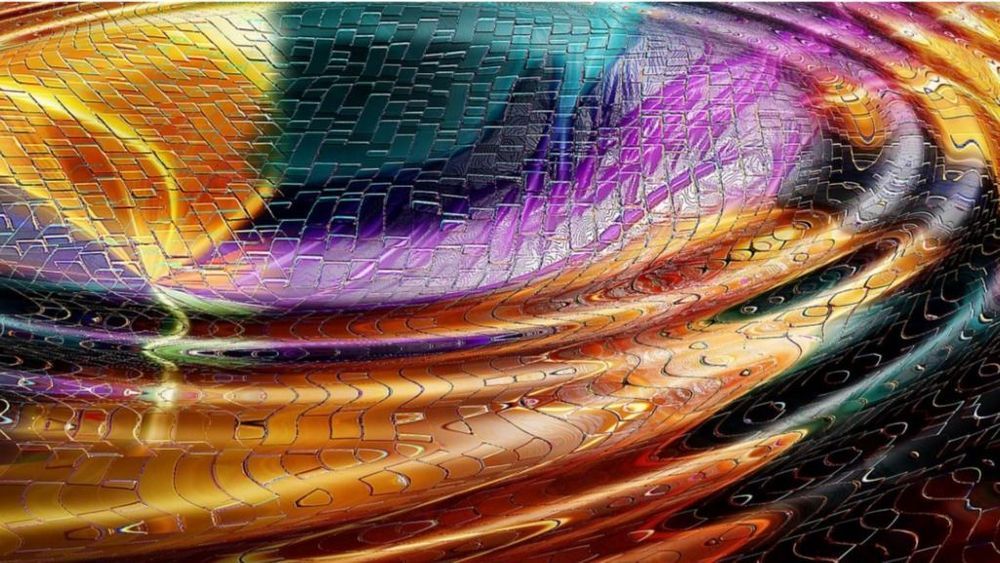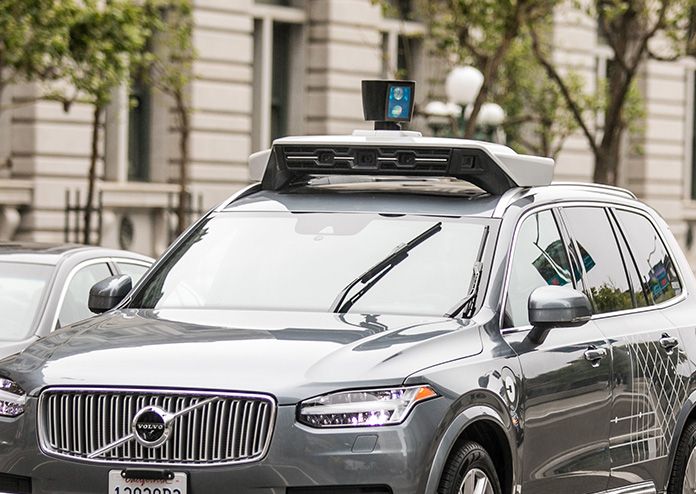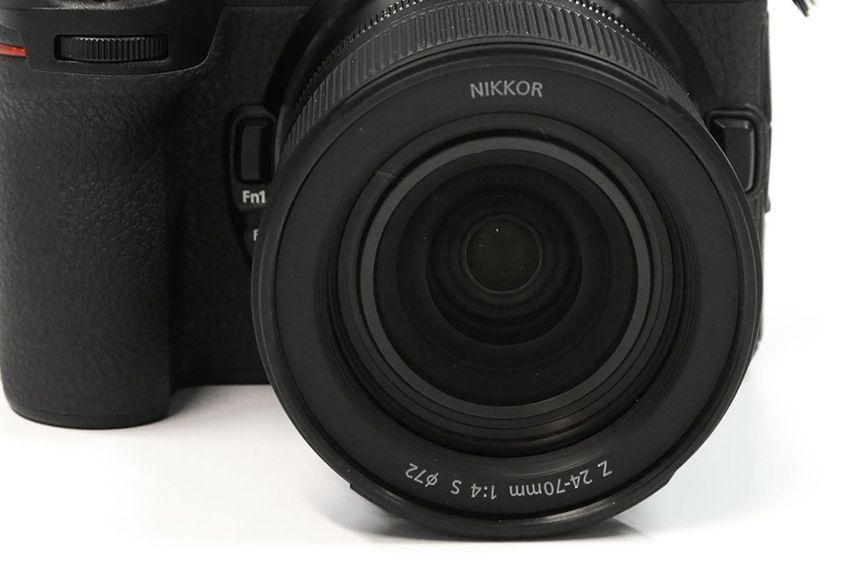Bioethicists hope a national committee will help close loopholes in the country’s biomedical ethics regulations.



Many phenomena of the natural world evidence symmetries in their dynamic evolution which help researchers to better understand a system’s inner mechanism. In quantum physics, however, these symmetries are not always achieved. In laboratory experiments with ultracold lithium atoms, researchers from the Center for Quantum Dynamics at Heidelberg University have proven for the first time the theoretically predicted deviation from classical symmetry. Their results were published in the journal Science.
“In the world of classical physics, the energy of an ideal gas rises proportionally with the pressure applied. This is a direct consequence of scale symmetry, and the same relation is true in every scale invariant system. In the world of quantum mechanics, however, the interactions between the quantum particles can become so strong that this classical scale symmetry no longer applies,” explains Associate Professor Dr. Tilman Enss from the Institute for Theoretical Physics. His research group collaborated with Professor Dr. Selim Jochim’s group at the Institute for Physics.
In their experiments, the researchers studied the behaviour of an ultracold, superfluid gas of lithium atoms. When the gas is moved out of its equilibrium state, it starts to repeatedly expand and contract in a “breathing” motion. Unlike classical particles, these quantum particles can bind into pairs and, as a result, the superfluid becomes stiffer the more it is compressed. The group headed by primary authors Dr. Puneet Murthy and Dr. Nicolo Defenu—colleagues of Prof. Jochim and Dr. Enss—observed this deviation from classical scale symmetry and thereby directly verified the quantum nature of this system. The researchers report that this effect gives a better insight into the behaviour of systems with similar properties such as graphene or superconductors, which have no electrical resistance when they are cooled below a certain critical temperature.
This robot sees and analyzes trash the same way a person does, but sorts it a lot faster 🤖.

The reasons electric aircraft make a lot of sense.
The electric aircraft sector — the number of electric aircraft in development increased by roughly 50% over the past year to 170.
Roland Berger: “All indications suggest that we may be on the cusp of a revolution in the aerospace and aviation industries.”

HOUSTON — (July 30, 2019) One of the most extensively studied genes in cancer, TP53 is well known for its role as a tumor suppressor. It senses cellular stress or damage, and in response stops cell division or initiates cell death, thereby preventing a damaged cell from reproducing. Mutation of this gene eliminates a key cellular fail-safe mechanism and is a step leading to cancer. Researchers at Baylor College of Medicine have conducted the most comprehensive study of TP53 mutations to better understand the processes leading to the inactivation of this important gene. Their findings, published in the journal Cell Reports, shed light on how the gene becomes mutated and how those mutations can help predict clinical outlook.
The team, led by Dr. Larry Donehower, professor of molecular virology and microbiology at Baylor College of Medicine, studied 10,225 patient samples from 32 different cancers, from The Cancer Genome Atlas, and compared them to another 80,000 mutations in a database collected over three decades by Dr. Thierry Soussi, professor of molecular biology at Sorbonne University. After analyzing this large data sample, they have a more thorough understanding of how the TP53 gene mutation impacts cancer.
The team found that across all cancer types studied, TP53 mutations were more frequent in patients with poorer survival rates. But they also identified a way to more accurately predict prognosis. Donehower said he identified four upregulated genes in mutant TP53 tumors, whose expression correlated to patient outcome.

New research centering around the Unruh effect has created a set of necessary conditions that theories of quantum gravity must meet.
Quantum physics has, since its development in the early years of the 20th century, become one of the most successful and well-evidenced areas of science. But, despite all of its successes and experimental triumphs, there is a shadow that hangs over it.
Despite successfully integrating electromagnetic, the weak and strong nuclear forces — three of the four fundamental forces — quantum physics is yet to find a place for gravity.
This video is the ninth in a multi-part series discussing computing and the second discussing non-classical computing. In this video, we’ll be discussing what quantum computing is, how it works and the impact it will have on the field of computing.
[0:28–6:14] Starting off we’ll discuss, what quantum computing is, more specifically — the basics of quantum mechanics and how quantum algorithms will run on quantum computers.
[6:14–9:42] Following that we’ll look at, the impact quantum computing will bring over classical computers in terms of the P vs NP problem and optimization problems and how this is correlated with AI.
[9:42–14:00] To conclude we’ll discuss, current quantum computing initiatives to reach quantum supremacy and ways you can access the power of quantum computers now!
Thank you to the patron(s) who supported this video ➤
Wyldn Pearson

Driverless cars seem straight out of the future, but thanks to developments in autonomous vehicle technology, that future could be right around the corner. Similar to the incremental adoption of electric cars — with hybrid models hitting the road first—car manufacturers have been introducing driverless features to conventional vehicles for some time now. Already on the road today we have partially autonomous vehicles, cars and trucks with cruise control, braking assistance and self-parking technology. And industry specialists predict that fully autonomous vehicles could be on the market in a matter of a few years.

It’s a problem that plagues even the priciest of lenses, manufactured to the most exacting specifications: the center of the frame might be razor-sharp, but the corners and edges always look a little soft. It’s a problem that’s existed for thousands of years with optical devices, and one that was assumed to be unsolvable until a Mexican physicist developed a mind-melting formula that could revolutionize how lenses are manufactured.
On paper, a curved glass lens should be able to redirect all the rays of light passing through it onto a single target known as its focal point. But in the real world, it just doesn’t work that way. Differences in refraction across the lens, as well as imperfections in its shape and materials, all contribute to some of those light rays, especially those entering the lens near its outer edges, missing the target. It’s a phenomenon known as spherical aberration, and it’s a problem that even Isaac Newton and Greek mathematician Diocles couldn’t crack.